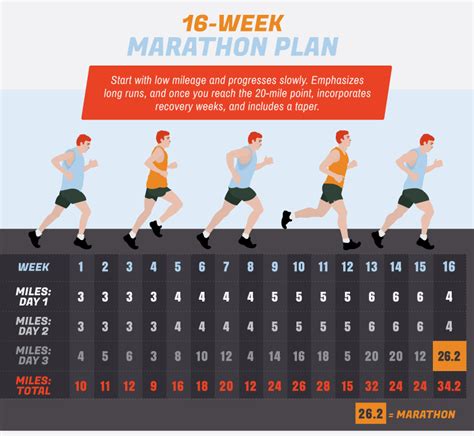How to Train for a Marathon: A Comprehensive Guide
So, you're ready to take on the ultimate running challenge: the marathon! This 26.2-mile race demands dedication, planning, and a smart training strategy. This comprehensive guide will help you navigate the journey from couch to 26.2, ensuring you're prepared for race day.
Phase 1: Building Your Base (8-12 Weeks)
This initial phase focuses on establishing a solid running foundation. Don't jump into high mileage right away! Consistency is key.
Key Elements:
- Consistent Running: Aim for 3-4 runs per week, gradually increasing your mileage. Start with distances you're comfortable with and increase by no more than 10% per week.
- Easy Runs: The majority of your runs should be at an easy, conversational pace. This builds endurance without overstressing your body.
- Cross-Training: Incorporate activities like swimming, cycling, or strength training 1-2 times a week. This helps build strength and prevents injury.
- Rest & Recovery: Prioritize adequate sleep and rest days. Your body needs time to recover and rebuild.
Important Considerations: Listen to your body! Don't push through pain. Adjust your training plan as needed.
Phase 2: Increasing Mileage (12-16 Weeks)
Now it's time to gradually increase your weekly mileage. This is where you build the endurance needed to conquer 26.2 miles.
Key Elements:
- Long Runs: Gradually increase the distance of your longest run each week. This is crucial for building marathon-specific endurance.
- Tempo Runs: Incorporate tempo runs, where you run at a comfortably hard pace for a sustained period. This improves your lactate threshold.
- Interval Training: Interval training involves alternating high-intensity bursts with recovery periods. This improves speed and stamina.
- Hill Repeats: Running hills strengthens your legs and improves your running form.
Important Considerations: Don't increase your mileage too quickly. A gradual increase minimizes your risk of injury.
Phase 3: Peak Mileage and Tapering (4-6 Weeks)
This phase involves reaching your peak weekly mileage, followed by a gradual tapering period. Tapering allows your body to fully recover before race day.
Key Elements:
- Peak Mileage: Reach your highest weekly mileage during this phase. This is your highest mileage week before tapering.
- Easy Runs: Continue with easy runs, focusing on maintaining your endurance base.
- Tapering: Gradually reduce your mileage and intensity over the final few weeks leading up to the marathon. This prevents overtraining and allows your body to recover.
- Race Simulation: Consider incorporating a shorter race or a long run at a goal pace to simulate race day conditions.
Important Considerations: The tapering phase is crucial. Don't neglect it.
Nutrition and Hydration
Proper nutrition and hydration are vital for successful marathon training.
- Hydration: Drink plenty of water throughout the day, especially before, during, and after your runs.
- Fueling: Consume a balanced diet rich in carbohydrates, protein, and healthy fats to provide your body with the energy it needs.
- Electrolytes: Replenish electrolytes lost through sweat, especially during long runs.
Preventing Injuries
Injury prevention is paramount.
- Proper Footwear: Invest in good quality running shoes that fit properly.
- Warm-up and Cool-down: Always warm up before each run and cool down afterward.
- Listen to Your Body: Rest when you need to and don't push through pain.
- Strength Training: Strengthen your core and supporting muscles to prevent injuries.
Remember: This is a general guide. Consult a doctor or certified running coach to create a personalized training plan that meets your individual needs and fitness level. Good luck with your marathon training!
